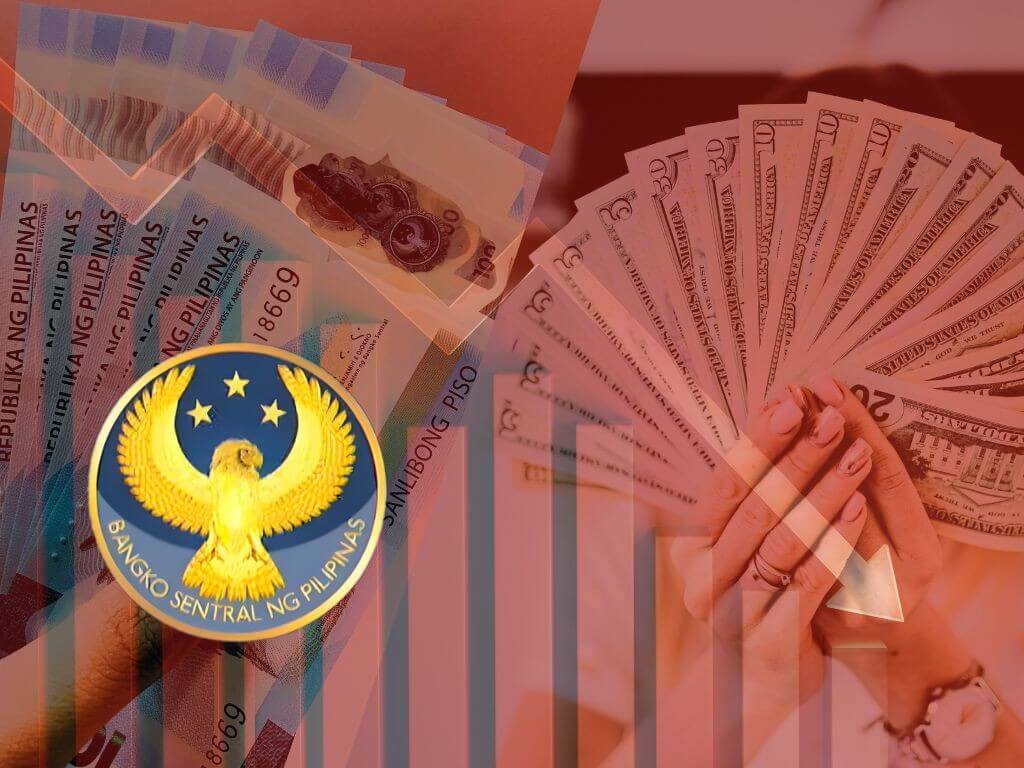

Insider Spotlight
The peso settled at P59.13 to the dollar, from P58.90 on Monday, according to the Bankers Association of the Philippines. It touched a session high of P59.20, breaching a level the BSP had previously defended through heavy intervention.
What the BSP is saying
In a statement on Tuesday, Oct. 28, 2025, the BSP said it “allows the exchange rate to be determined by market forces” and intervenes only to “dampen inflationary swings… rather than to prevent day-to-day volatility.”
It added that the peso’s recent decline may reflect “market concerns over a potential moderation in economic growth due in part to the infrastructure spending controversy,” and “expectations of additional monetary policy easing.”
Officials stressed that the peso remains supported by robust remittances, resilient growth, and low inflation, as well as steady foreign exchange inflows from BPOs, tourism, and overseas Filipino workers.
Why it matters
The peso’s slide past P59 — a level last seen last year — signals a shift in the currency policy of the central bank, which moved away from defending the peso and toward letting the market set its value. That contrasts with other Asian central banks that have recently stepped in to support their currencies amid dollar strength.
The bigger picture
The move comes amid expectations of further interest rate cuts after the BSP’s reduction in early October. Financial markets are speculating about the possibility of another 25-basis-point cut in December, with more easing likely in 2026.
The weaker peso and mounting capital outflows underscore investor concerns over the government’s fiscal position and the fallout from allegations of misuse of billions in flood-control funds.
Bloomberg News pointed out on Tuesday that foreign funds have sold $79 million in local equities this month, while the benchmark stock index remains near a six-month low.
— Edited by Daxim L. Lucas